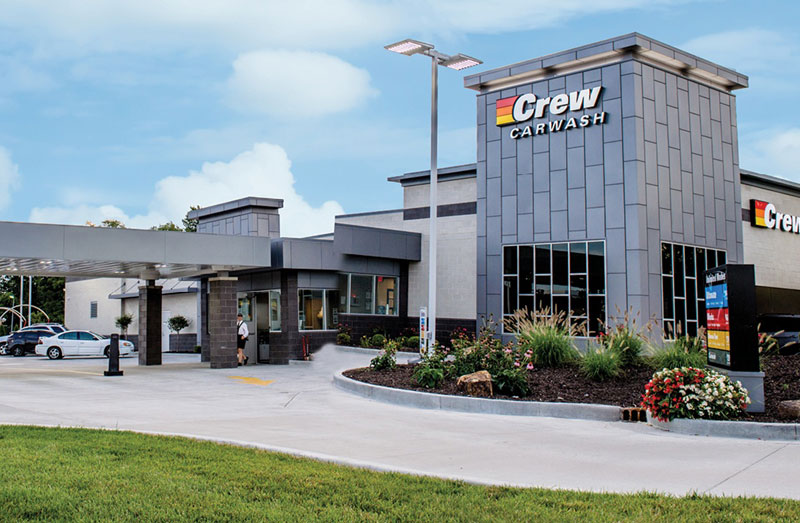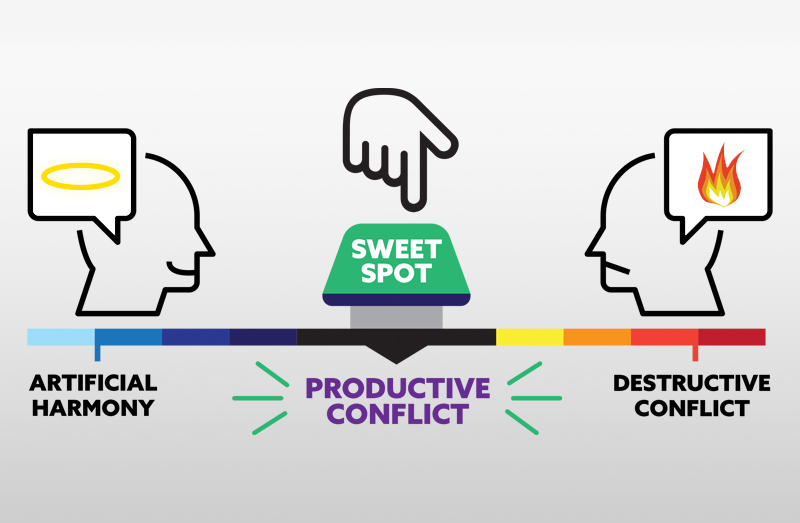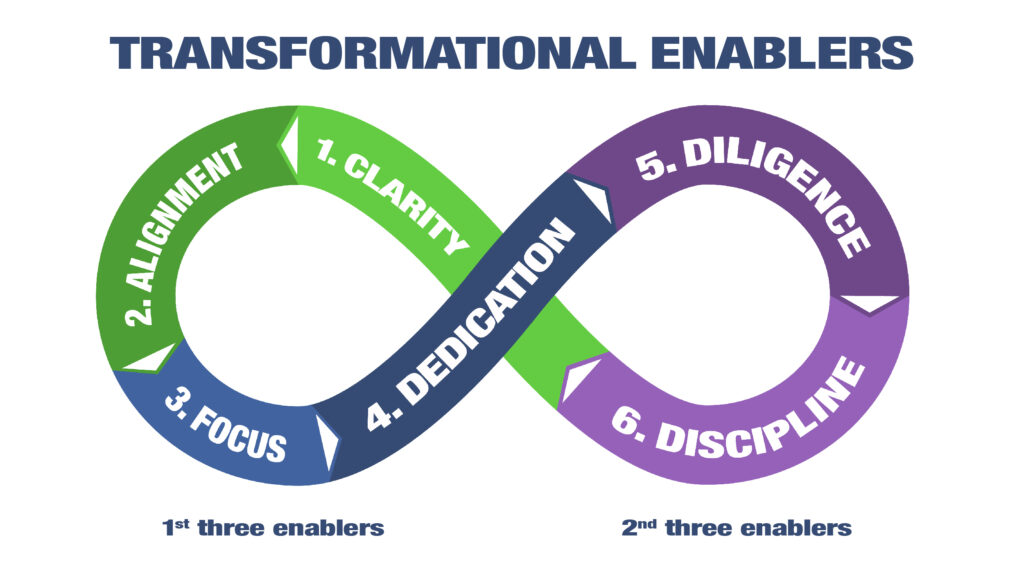What Could Put Your Company Out of Business?
An interview with Brent Tilson
Editor’s note:
During the fourth lap of the 2020 Indianapolis 500 race, I was on the edge of my seat watching as the right front wheel of car #51 driven by Australian James Davison burst into flames! It was a shock and disappointment for me personally, as one of the sponsors for this car is Brent Tilson, a client since 2014. Recently, I interviewed Brent for this article, and he referenced this incident as a powerful reminder that the smallest things can suddenly take an Indy car out of a race. As the author of the best-selling book Go Slow to Grow Fast: How to Keep Your Company Driving and Thriving in a Fast-Paced, Competitive Business World, and based on his experience with his sponsored Indy Car, Brent provides a compelling argument for why business owners and executive leadership teams must consider this question: What can put your company out of business?
Craig: Recently when speaking virtually to business owners in Australia, you shared the story about the Indy car you sponsored and how it was put out of the Indy 500 race Sunday, August 23rd, 2020. What happened to car #51?
Brent: The problem was a brake line ended up having a crimp in it, and the brakes locked as he was driving at 230 miles an hour! Friction from front calipers heated the wheel and brake components above magnesium’s boiling point, ending James Davison’s Indy 500 after just four laps.
Craig: How has this become a powerful message for business owners?
Brent: Like this incident, any business could be moving along and can have something small—such as the tiny COVID-19 virus—bring the entire world of business to a screeching halt. Unlike a race car, we can’t always take it to the garage and, in a little bit of time, have it on the track again.
My message is this: Business owners and their executive leadership team must give serious consideration to the little things that could have a dramatic impact on their business.
Craig: What is your advice for leaders in growth firms who are still dealing with the impact of the pandemic?
Brent: I think it’s vitally important to discuss and plan for what could put your company out of business. Remember, just because a pandemic hasn’t happened in a hundred years, like a hundred-year flood, the reality is you still have to have some plan for what happens if it does. In other words, what are other events, beyond a pandemic, that could put your company out of business?
Craig: Your book describes 6 events that could put a company out of business.
Brent: The first two events are out of your control:
#1 Natural disasters-The global pandemic is an incredible example of this event.
#2 Economy-The worldwide lockdown that put many out of business.
However, the next four events can be managed by business leaders.
#3 Failure to plan-Working in the business, not on the business
#4 Failure to execute-Not tracking and measuring KPIs (Key Performance Indicators)
#5 Funding-Cash resources drained or strained
#6 Loss of key people-Staff burnout and low morale
Craig: What guidelines do you suggest for leaders?
Brent: First look at your company culture morale. If your company culture is working remotely, seek to understand the impact on their morale. Why? Because those working at home are living where they work. Leaders should seek to deeply understand the stressors on their staff. Leaders have to make sure their workforce is dialed in to drive results without getting burned out. Leaders must provide clarity of direction and offer help to buffer the stress of uncertainty and change. Keep in touch with your greatest resource—your company culture!
Second, leaders must ask, “Are we in a position where we have been burning through cash even though we’re growing?” Closely monitor workforce resources and cash resources.
Craig: It’s like the metaphor used by Jim Collins in the book Good to Great. Leaders must preserve and protect their “oxygen cannisters” when scaling up to their BHAG, their Mt. Everest.
Brent: Third, identify those key nonfinancial measurements that are the leading indicators of the things that you need to be watching. And then once you have a good handle on all of those, then ask, “Okay, what’s our plan going forward?”
Craig: One important measurement is employee engagement.
Brent: Yes. Then leaders can start working on executing the business plan with fanatic discipline. Business is not like it used to be. Most of us have spent years making small tweaks to our business, here and there. That came to a screeching halt with the pandemic, like my race car! Don’t just react to what’s affecting you today. Gather your leadership team to focus on this question: How do we prepare long term for the future?
Craig: I have one more question. How can leaders benefit from your book?
Brent: There are times in every business when they hit a certain level of growth and their company cannot sustain itself. Many businesses go from what I call the “Driving Zone” to the “Drama Zone.” That’s a period where the company has to focus inwardly and to think about how they’re able to reengineer to get to the next level. Typically, businesses have those experiences inside their own time and space. It’s not like that now! The entire world got thrown off track, for the most part. Ninety-nine percent of businesses went directly into the Drama Zone.
Craig: And is there any resource that you could offer to them that would help them during their planning?
Brent: Leaders should assume that they are in the Drama Zone. And I’d start in Chapter Five, “Finding the Gears.” This will kickstart the conversation about what to focus on to avert the danger of what could put you out of business. In Chapter Five, leaders will be able to use the resources and tools for strategic planning to get back to the Driving Zone!











